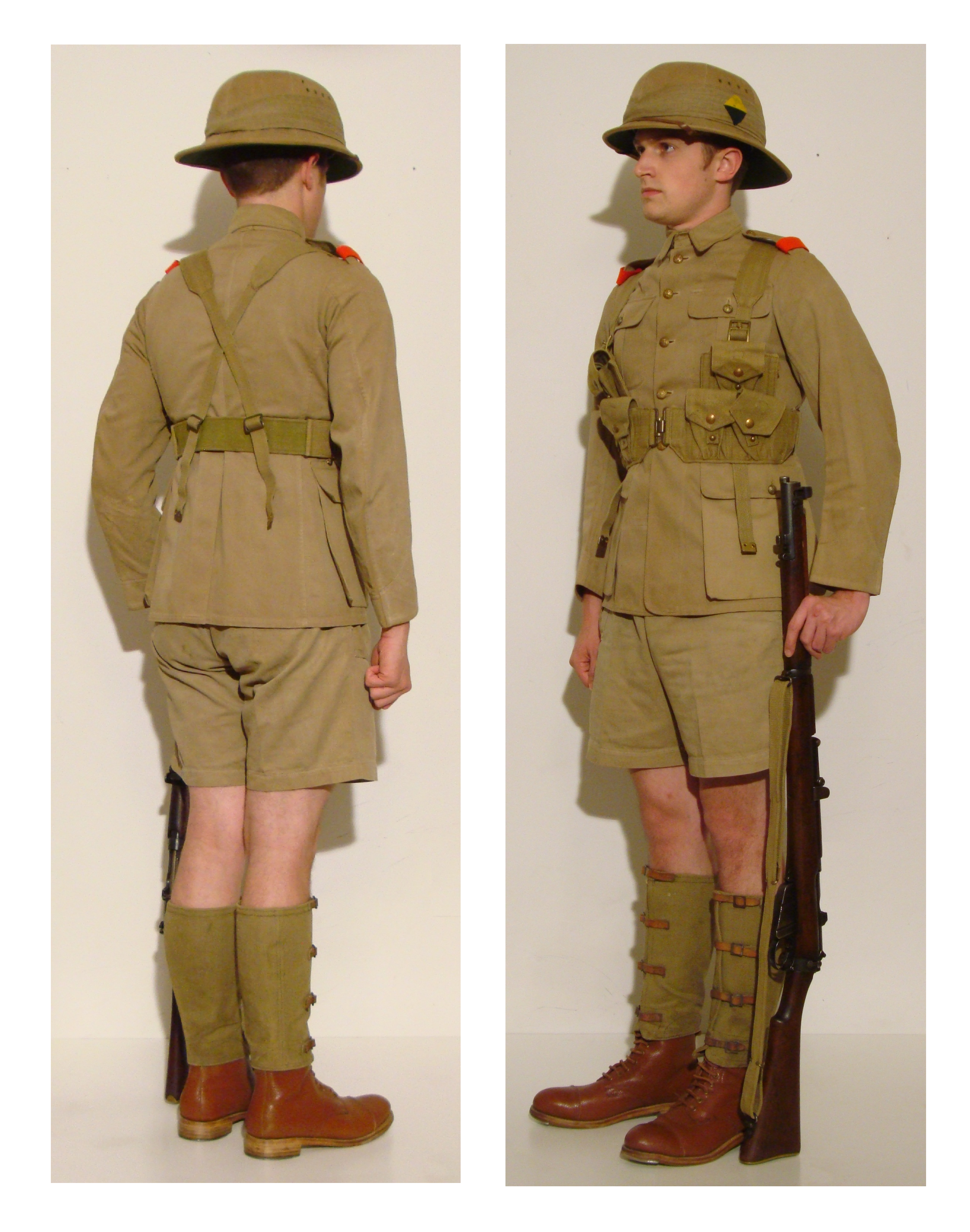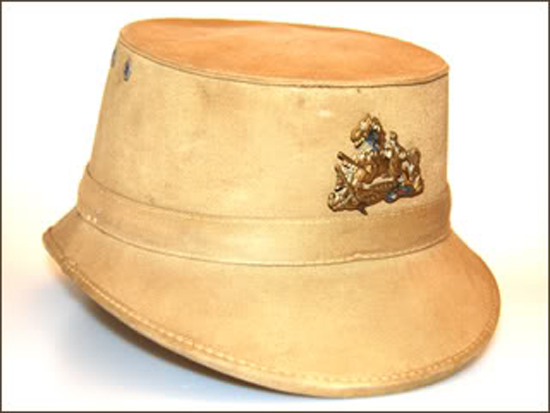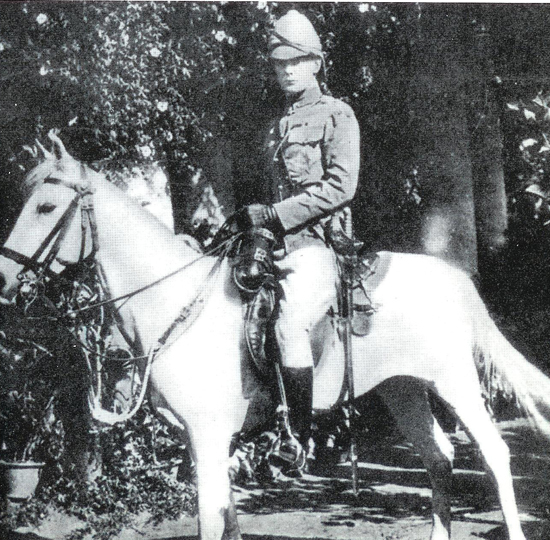An interesting cousin to the South African polo style sun helmet is the shako used by forces of the British South Africa Police (BSAP), which was the paramilitary police force of Rhodesia. It was created as a force of mounted infantrymen in 1889 by Cecil Rhodes’ British South Africa Company. It was originally known as the British South Africa Company’s Police and run directly but the company. Continue reading
Tag Archives: South Africa
Winston in Pith Helmets
Sir Winston Churchill wore many hats in his life. He was a writer, scholar, soldier, politician, painter and above all English gentleman. Winston as he was often known by friend and foe alike was a Victorian soldier of the Queen, a First World War Lord of the Admiralty and, of course, during the Second World War the Prime Minister.
His most famous hat was his Bowker, but he also sported a Homburg hat as often, and as a soldier wore visor caps and in France in World War I a steel helmet. But of course we remember Mr. Churchill in many a sun helmet! Continue reading
The South African Soldier (Circa 1940) Recreated
 The Union of South Africa’s entry into the Second World War in 1939 caused much controversy among its divided population, and in particular among Afrikaaners. This was in large part due to General Smuts’ defeat of Prime Minister Hertzog’s call for South African neutrality in parliament.
The Union of South Africa’s entry into the Second World War in 1939 caused much controversy among its divided population, and in particular among Afrikaaners. This was in large part due to General Smuts’ defeat of Prime Minister Hertzog’s call for South African neutrality in parliament.
Given the tense climate, Smuts did not introduce conscription to fill the ranks of South Africa’s military, the Union Defence Force, but instead relied on volunteers. The South African Defence Act also prevented this force from serving outside the borders of the Union. To circumvent this limitation, UDF volunteers took an oath to serve anywhere in Africa which entitled them to wear orange/red strips known as ‘red tabs.’ 1,2


